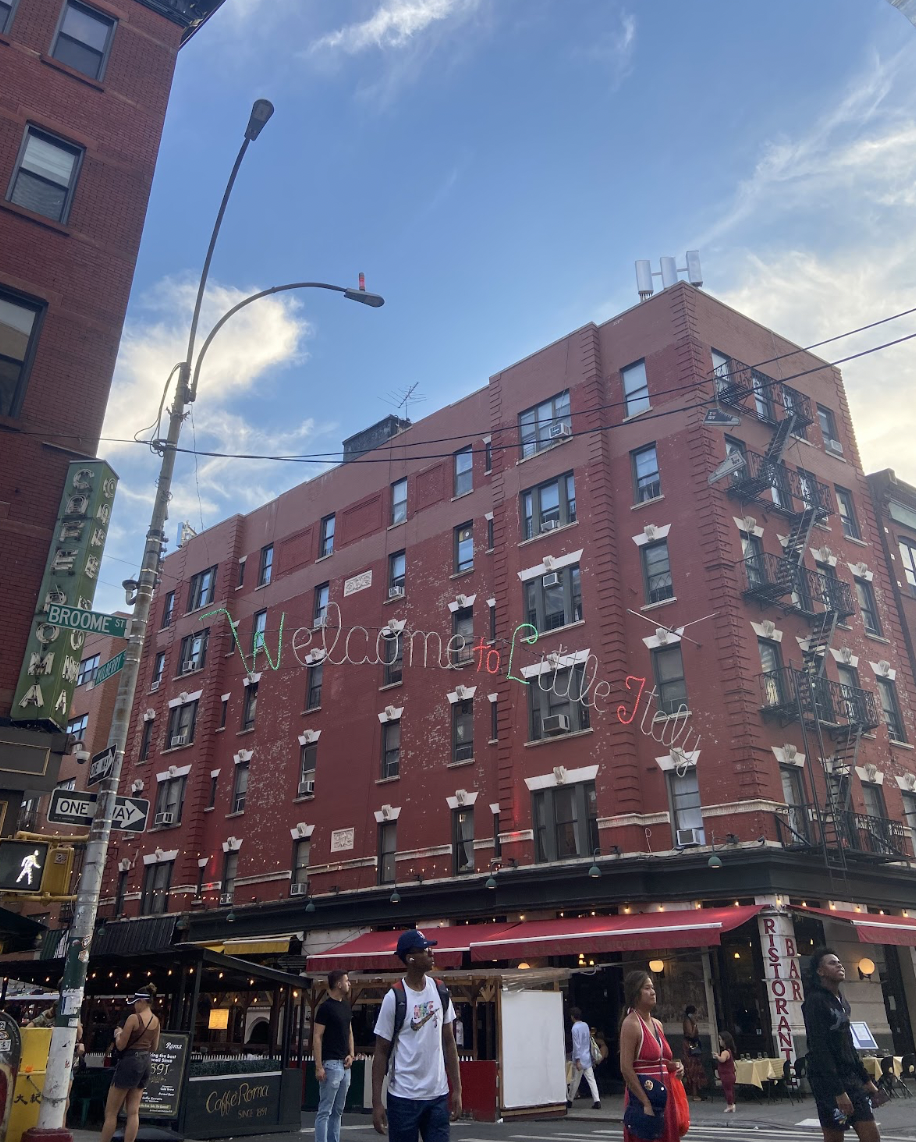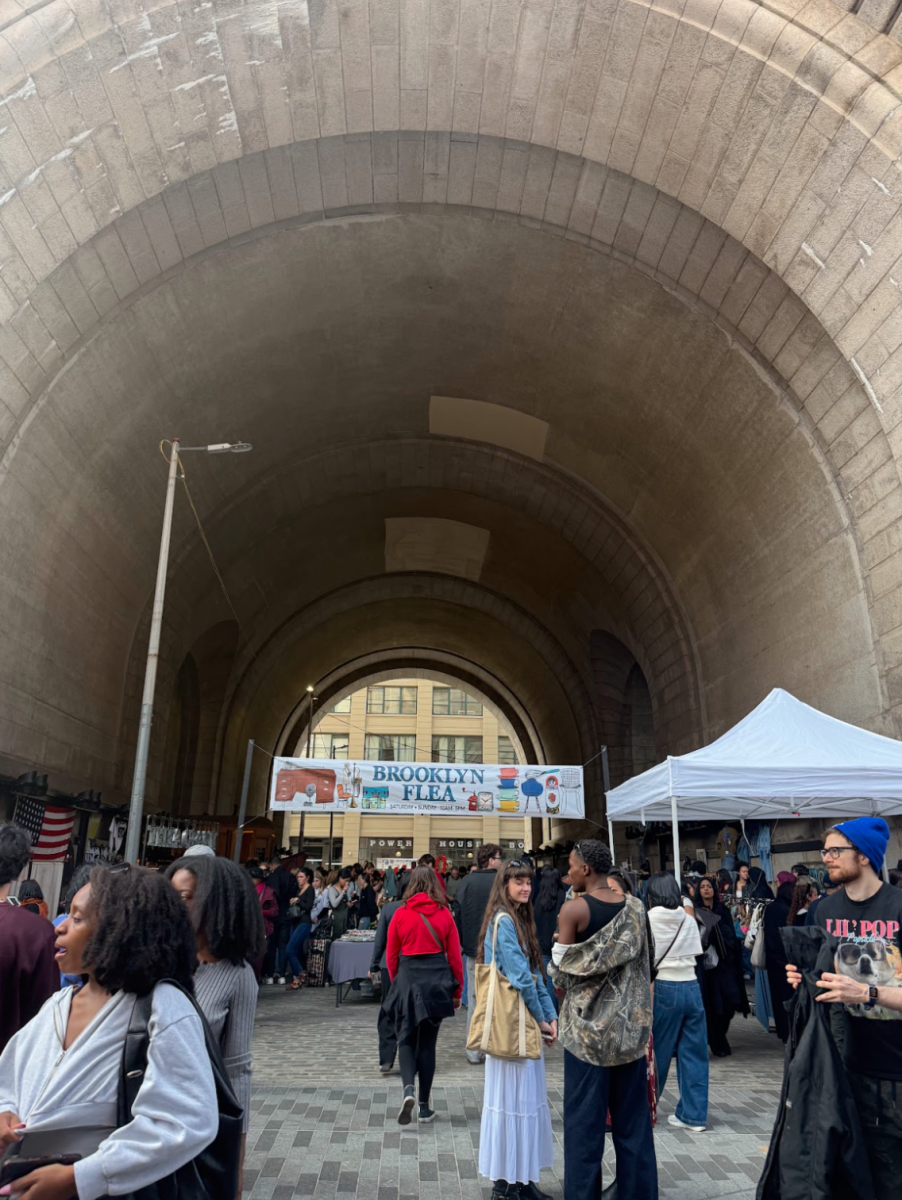The Bronx is home to what is known as the “Real Little Italy,” and it differs significantly from Manhattan’s (Real) Little Italy. The question is, how is it different from Manhattan’s (Real) Little Italy? Which one is real? Both communities present fascinating comparisons of authentic Italian culture and community in New York City.
On Arthur Ave, just off campus, the Bronx’s Little Italy is a true reflection of authentic, family-oriented, and diverse Italian region-styled restaurants and bakeries. The Belmont neighborhood in particular, is a bastion of authenticity, with a strong emphasis on heavy Italian culture and customs. The streets of the Bronx’s Little Italy date back to 1792 when Pierre Lorilland opened its first tobacco company, P. Lorillard & Co., in New York. Several families from Italy immigrated in the 18th century, spreading family-owned bakeries, butcher shops and restaurants, creating a tight-knit community where neighbors knew each other by name and supported each other. This was the foundation of a vibrant neighborhood that Bronx Little Italy is known for today. As a result, Belmont showcases a wide variety of regional Italian cuisines, unique flavors and influences, which reflect the affluent diversity of Italian immigrants.
For example, the Bronx hosts the annual Ferragosto festival, which takes place in early September. This simply celebrates Italian culture, featuring live entertainment, music and food. Another must-visit attraction in Little Italy is the Arthur Avenue Retail Market, established in 1940. This market houses a variety of vendors offering fresh produce, meats and handmade pasta and pastries. It’s a vibrant reflection of the neighborhood’s culinary heritage and remains a favorite destination for both locals and tourists. Last but not least, a favorite all-time bakery for most Fordham University students is Artuso’s Bakery Shop, known for its to-die-for cannolis, tri-color cookies, sprinkle cookies and cakes representing Neapolitan Italian culture. The cozy, cherishable family-style layout and atmosphere that my friends and I make with the local owners of each shop and restaurant make it my personal preference over Manhattan.
Manhattan’s Little Italy, located in the center of the city, is heavily influenced and emphasized by tourism. Established in the 20th century, it is younger than the Bronx by 200 years. Unlike the Bronx, Manhattan displays a commercialized view of Italian culture, with many of the clients at restaurants and stores being tourists rather than locals. In Manhattan, many restaurants serve dishes that have been adapted for a broader audience, sometimes prioritizing presentation and novelty over tradition. There tends to be a limited culinary variety compared to Belmont in that a lot of the culinary dishes are often more homogenized and broad: spaghetti, meatballs and cannolis, with less regional diversity. It is a more generic taste of Italy rather than focusing on specific dishes like arancini and certain Neapolitan-style pasta dishes. While it still celebrates festivals such as the Feast of San Gennaro, representing Neapolitan culture every September, it attracts tourists more than authentic traditions, music, dance and food. Regardless of the tourist attractions, Manhattan seems to contain no historical connection to the city compared to the Bronx. The architecture of the street lends itself more to visitors, unlike the family-owned storefront the Belmont community focuses on with its locals. The architecture in Belmont feels more community-focused and reflects a more residential storefront environment.
Both neighborhoods offer rich characteristics of Italian traditional experiences, but Belmont’s “Real Little Italy” portrays and resonates with its cultural past. We can see the cultural impacts where a lot of Italian ancestors have come from, reflecting authenticity, community, and a diverse culinary tradition. Meanwhile, Manhattan’s Little Italy leans toward a more commercialized, engaging tourist attraction of New York and Italian-American culture. Each town has its unique charm, reflecting diverse aspects of Italian immigrant impacts and experiences from many years ago in the birthplace of the melting pot, New York.










































































































































































































